Dispersion Leakage Elimination Electrostatic Method
For synthetic fiber fabrics, the conductivity of the fabrics can be increased by reducing the resistance. The main method of reducing resistance is to use surfactants to hydrophilicize the fibers or fabrics, so as to improve the hygroscopicity of the fibers, thereby reducing the resistance of textiles, speeding up the charge dissipation, dispersing the charge and eliminating static electricity through propagating, leaking. The antistatic effect of this method is difficult to preserve for a long time, the washing resistance is poor, and the antistatic performance is not shown under low humidity conditions. In addition, in order to reduce the production of electrostatic charge, antistatic oils coated on the interface of textile materials make the friction and contact between materials insufficient and direct, thus reducing the charge transfer. 。 Another mechanism is that the hydrophobic end of surfactant molecule is adsorbed on the surface of the fiber, and hydrophilic groups point to the space, forming a polar interface, adsorbing water molecules in the air, reducing the surface specific resistance of the fiber or fabric, and accelerating the charge dissipation. This is the main way most antistatic agents work. Another way that antistatic agent works is ionization. Ionized antistatic agent itself has good conductivity. Under the action of surface water molecule, this kind of oil agent molecule ionizes, which significantly improves the conductivity of the fiber surface. At the same time, it can eliminate charges by neutralizing the surface charge.
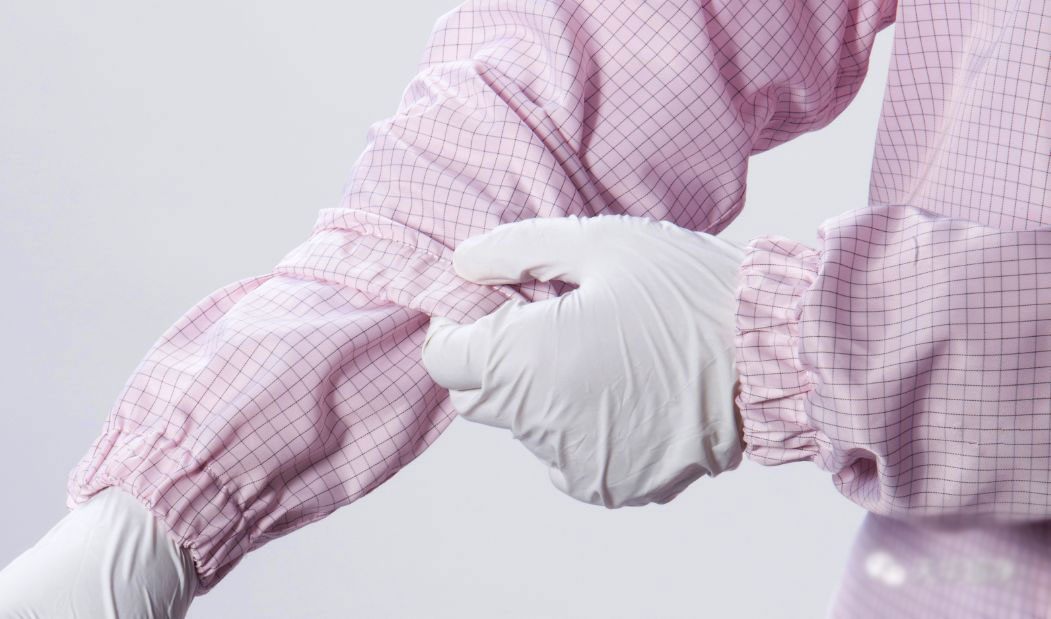
Chemical Modification Methods
Antistatic fibers were prepared by blending, copolymerization, grafting modification of fibre-forming polymers, introducing hydrophilic polar groups, or adding antistatic agents inside the fibers. Its common characteristic is to improve the hygroscopicity of fibers and accelerate the charge dissipation. Textiles made from antistatic fibers or blended with high proportion of synthetic fibers can eliminate electrostatic problems in processing and use, but the high humidity environment is still a necessary condition for charge dissipation.
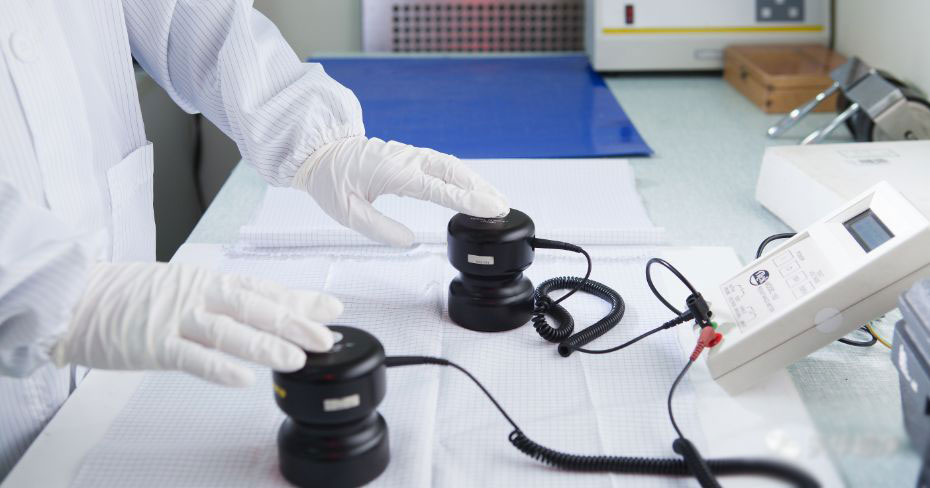
Corona discharge method for eliminating static electricity
Fabrics are made of uniformly mixed textile fibers and conductive fibers. Conductive homogeneous conductive fibers such as metal fibers, carbon fibers and conductive polymers or conductive materials such as carbon black coated on the outer layer of synthetic fibers are used to coat conductive fibers, and conductive materials such as carbon black or metal compound polymers are used to prepare conductive composite conductive fibers by composite spinning. The application of conductive fibers makes textiles have remarkable antistatic effect, durability and not affected by environmental humidity, and can be applied to special functional textiles such as antistatic work clothes. Using different electrostatic sequences, different fibers are blended or interwoven to reduce electrostatic.

The application and development of conductive fibers in the above three methods are the direction of antistatic product development. At present, more and more attention has been paid to them. However, there are many problems that need to be further discussed in the application. For example, the anti-static mechanism of conductive fiber inlay and the evaluation method of anti-static property of fabric containing conductive fiber need to be further studied and discussed.

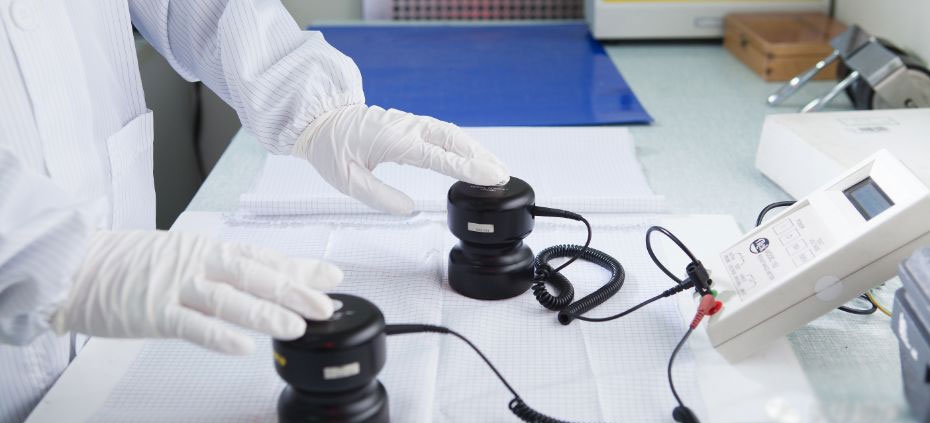
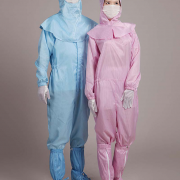
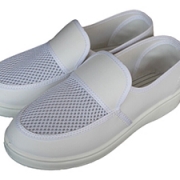
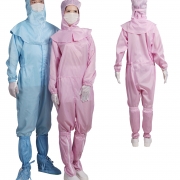
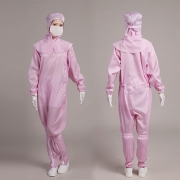
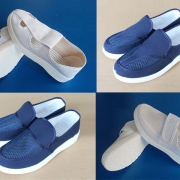


Leave a Reply
Want to join the discussion?Feel free to contribute!